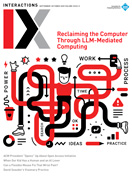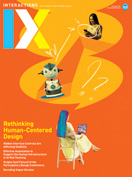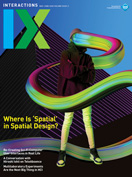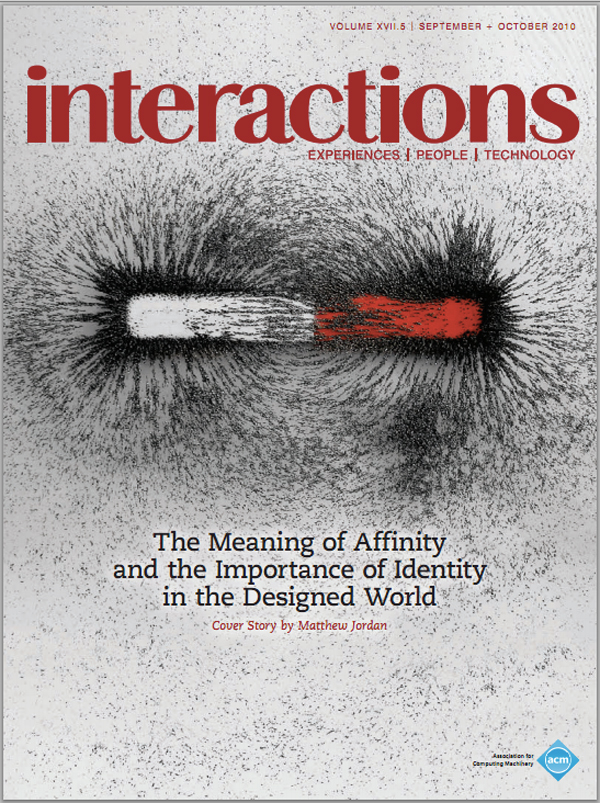Authors:
Steve Baty
What is it about design that makes it so well suited to solving complex problems? Why is design thinking such a promising avenue for business and government tackling seemingly intractable problems? Design is a broad arena of activity with a rich history, developed theory, and passionate practitioners. It encompasses a myriad of techniques, tools, philosophies, and craft. At least in part, design can be seen as an approach to solving problems and in that guise has several fundamental qualitiesas a practice and as a mind-setthat make it effective in the face of complicated issues. Better suited, in fact, than…
You must be a member of SIGCHI, a subscriber to ACM's Digital Library, or an interactions subscriber to read the full text of this article.
GET ACCESS
Join ACM SIGCHIIn addition to all of the professional benefits of being a SIGCHI member, members get full access to interactions online content and receive the print version of the magazine bimonthly.
Subscribe to the ACM Digital Library
Get access to all interactions content online and the entire archive of ACM publications dating back to 1954. (Please check with your institution to see if it already has a subscription.)
Subscribe to interactions
Get full access to interactions online content and receive the print version of the magazine bimonthly.







Post Comment
No Comments Found